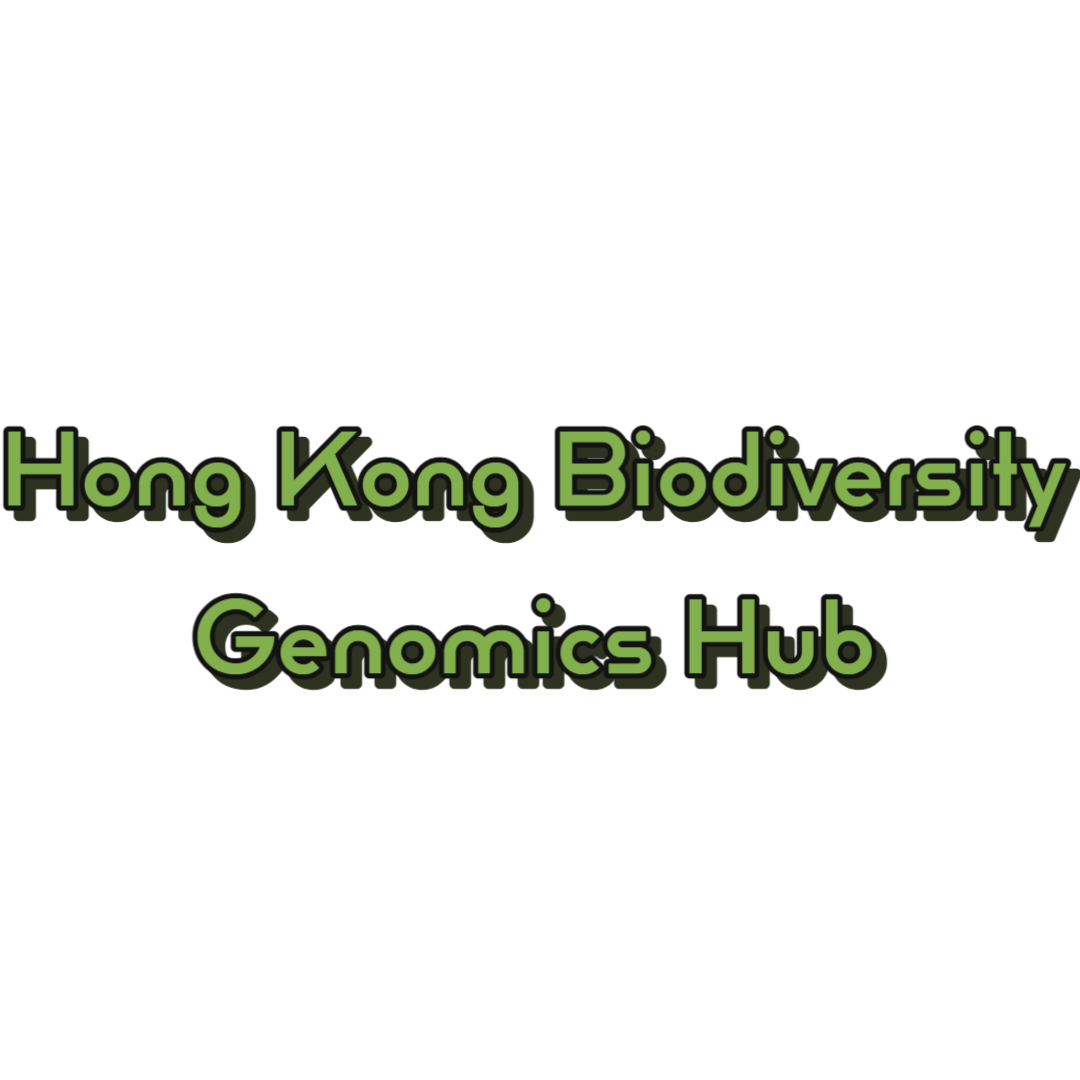-
2024 APRU x EBPHK Joint International Conference on Biodiversity, Conservation, Genomics & Sustainability
The Association of Pacific Rim Universities (APRU) and the Earth BioGenome Project: Hong Kong (EBPHK) jointly organize an international conference focusing on Biodiversity, Ecology, Conservation, Genomics, and Sustainability. Researchers, students, and key stakeholders from various disciplines and sectors will convene to share their knowledge and experiences in these areas. The conference aims to enhance our…
-
Register for the 2nd Virtual Training Workshop on PacBio Sequel IIe
-
EBPHK Symposium
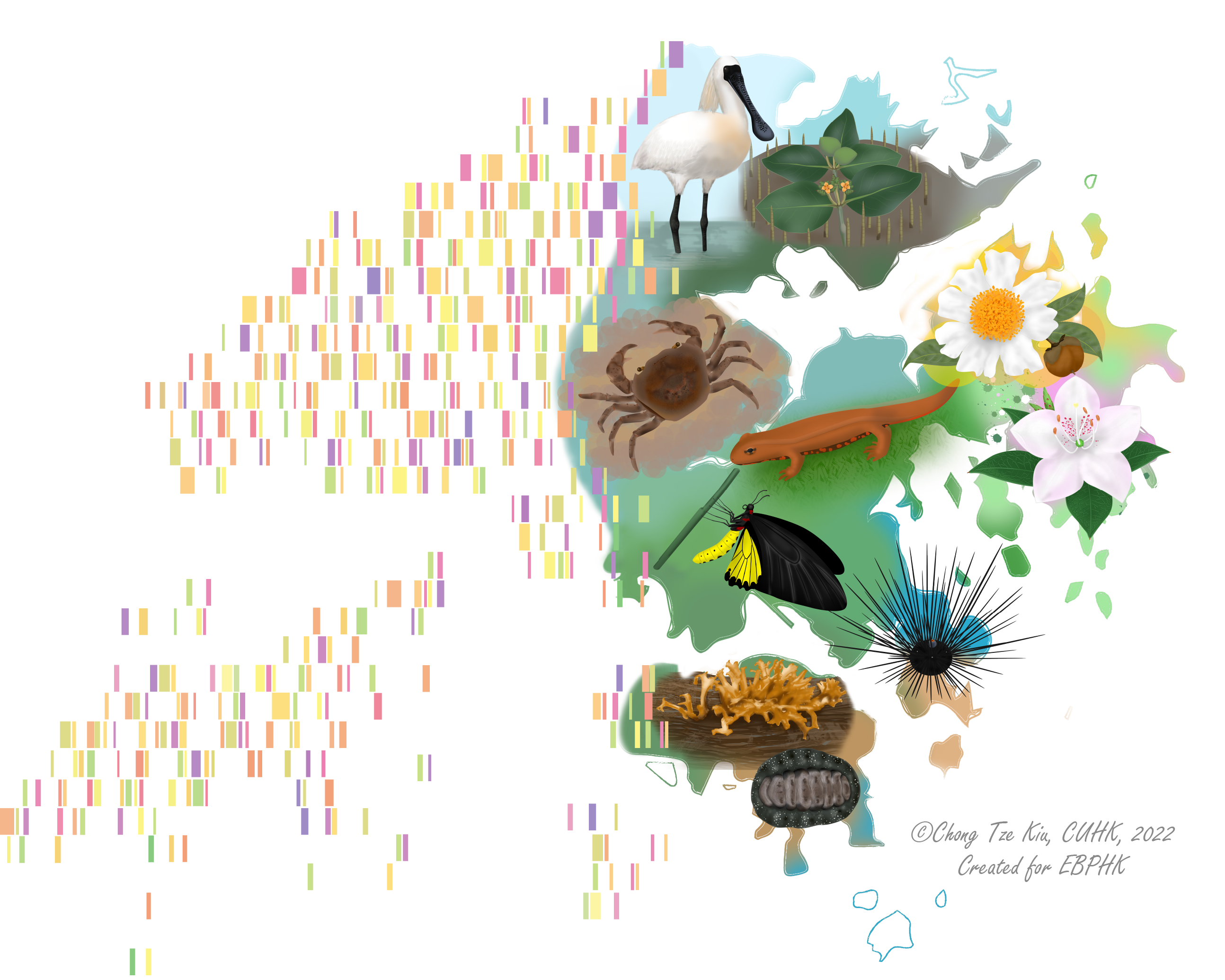
EBPHK Symposium is going to be held on 30 August 2022. Schedule below: Register now via the following link: http://biodiversity.sls.cuhk.edu.hk/ebphk/?page_id=521
-
USYD-CUHK SDGs Workshop “Partnership for Zero Hunger and Response to Climate Change”
Hosts: Prof. Brent Kaiser, Director, Sydney Institute of Agriculture, USYD Prof. Hon Ming Lam, Director, State Key Laboratory of Agrobiotechnology (CUHK) Dr. Sonia Liu, Senior Lecturer in Poultry Nutrition, School of Life & Environmental Sciences, USYD Speakers: Prof. Ting -Fung Chan, Associate Professor, School of Life Sciences, CUHK “From Soybean to Orphan Legumes: Agricultural Genomics…
-
Biodiversity Genomics in the Pacific Rim: Challenges and Future Opportunities

Pacific Rim nations harbour a substantial proportion of the Earth’s nine million species, including several biodiversity hotspots. Genome analysis is now recognised as a fundamental tool in understanding this incredible biodiversity and assisting with its preservation. Although genome sequencing at scale is becoming more affordable, significant challenges remain in achieving the goal of sequencing all…
-
Agricultural pests commonly found in Hong Kong為新一代農民提供互動及可持續的平台

About the Project 計劃背景 An interactive and sustainable platform for new farmers (Phase I): agricultural pests commonly found in Hong Kong” (SADF 0024) is an e-platform project funded by Sustainable Agricultural Development Fund. The project aims to provide an interactive and sustainable electronic platform, which is about agricultural pests commonly found in Hong Kong, for…
-
Genome of the sea anemone Exaiptasia pallida
Title: Genome of the sea anemone Exaiptasia pallida and transcriptome profiles during tentacle regeneration Abstract: Cnidarians including sea anemones, corals, hydra, and jellyfishes are a group of animals well known for their regeneration capacity. However, how non-coding RNAs such as microRNAs (also known as miRNAs) contribute to cnidarian tissue regeneration is poorly understood. Here,…
-
Hong Kong oyster Magallana hongkongensis
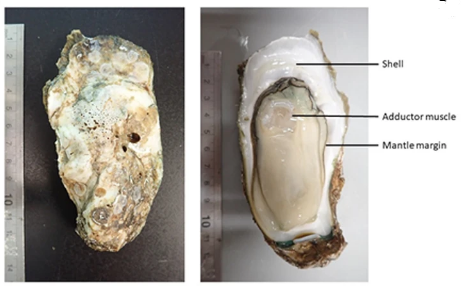
Accession number WFKH00000000 Assembly size 757,928,205 Number of scaffolds 11,926 Contig N50 49,472 Scaffold N50 72,332,161 BUSCOs 94.60% No.Proteins 45,867
-
Four-finger threadfin Eleutheronema tetradactylum

Background Teleost fish play important roles in aquatic ecosystems and aquaculture. Threadfins (Perciformes: Polynemidae) show a range of interesting biology, and are of considerable importance for both wild fisheries and aquaculture. Additionally, the four-finger threadfin Eleutheronema tetradactylum is of conservation relevance since its populations are considered to be in rapid decline and it is classified as endangered.…
-
ECF – Millipede and Soil Biodiversity Citizen Science project
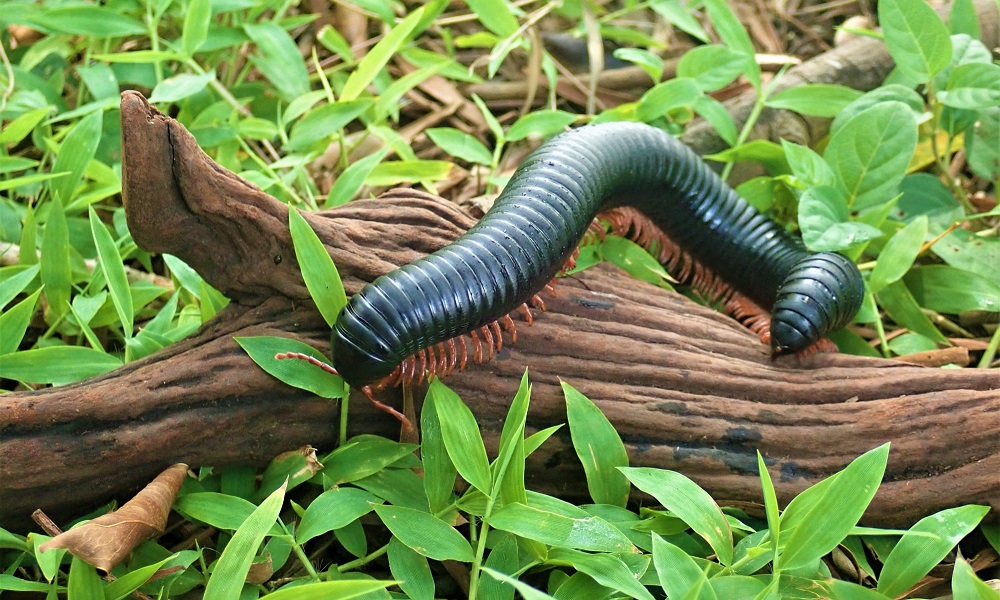
A novel way for Hong Kong citizen science? Working out the soil biodiversity of millipedes in Hong Kong with secondary school, NGO, and university: field collection, identification via DNA barcoding, and an electronic platform http://biodiversity.sls.cuhk.edu.hk/millipedes/
-
BSAP – Horseshoe Crab Survey and eDNA project

Field trail of juvenile horseshoe crab monitoring in Hong Kong using environmental DNA (eDNA) technique. http://biodiversity.sls.cuhk.edu.hk/HorseshoeCrab/?page_id=297&lang=zh
-
Horseshoe crabs Carcinoscorpius rotundicauda and Tachypleus tridendatus

Horseshoe crab genomes reveal the evolutionary fates of genes and microRNAs after three rounds (3R) of whole genome duplication Whole genome duplication (WGD) has occurred in relatively few sexually reproducing invertebrates. Consequently, the WGD that occurred in the common ancestor of horseshoe crabs ~135 million years ago provides a rare opportunity to decipher the evolutionary…
-
Cherry shrimp Neocaridina denticulata
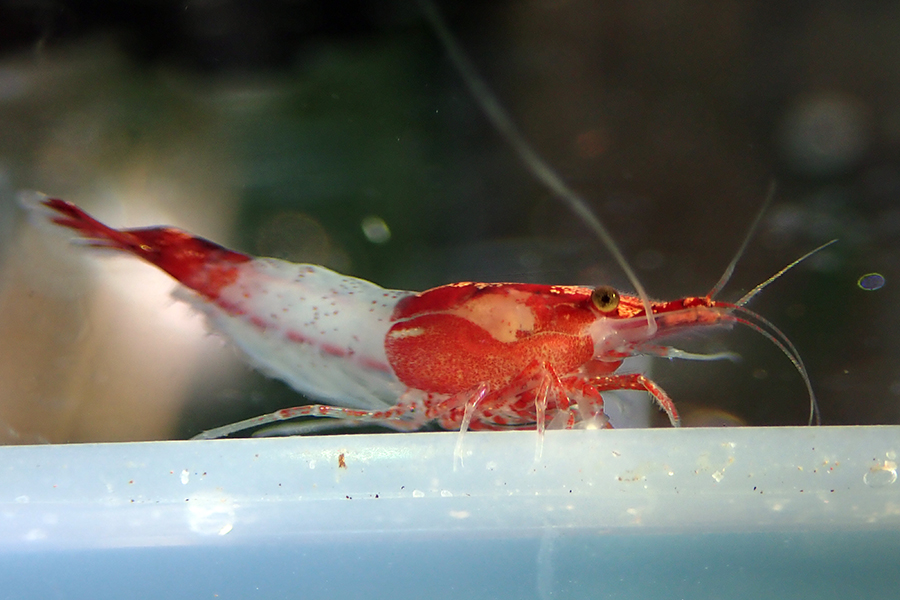
Genomic sequencing and experimental tractability of a new decapod shrimp model Neocaridina denticulata. The speciose Crustacea is the largest subphylum of arthropods on the planet after the Insecta. To date, however, the only publically available sequenced crustacean genome is that of the water flea, Daphnia pulex, a member of the Branchiopoda. While Daphnia is a…
-
Crustacean transcriptome database including Stenopus hispidus, Neocaridina davidi, Cherax quadricarinatus, Panulirus ornatus, Paralithodes camtschaticus, Birgus latro, and Lysiosquillina maculata

A crustacean annotated transcriptome (CAT) database Background Decapods are an order of crustaceans which includes shrimps, crabs, lobsters and crayfish. They occur worldwide and are of great scientific interest as well as being of ecological and economic importance in fisheries and aquaculture. However, our knowledge of their biology mainly comes from the group which is…
-
Incense tree Aquilaria sinensis
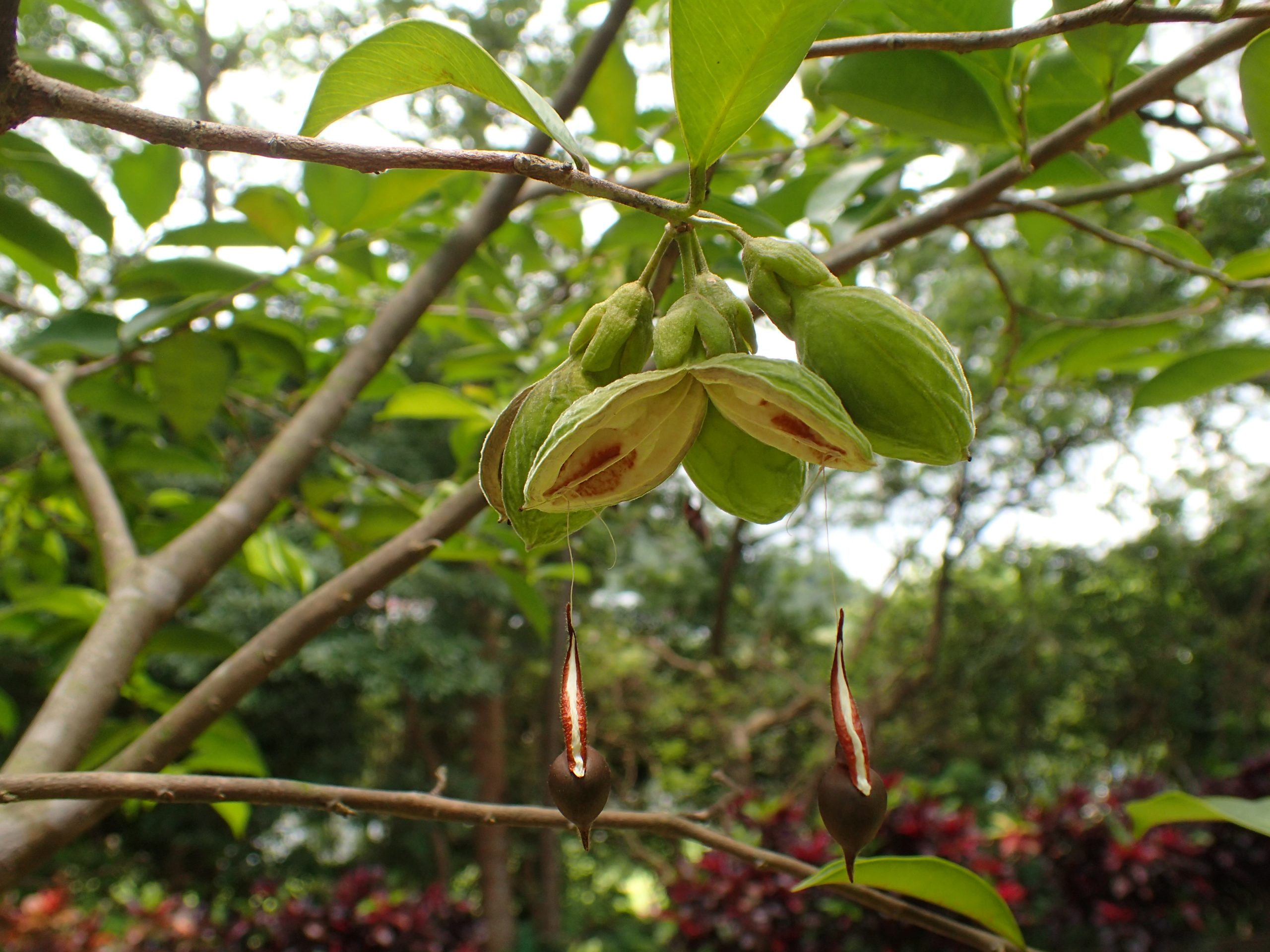
Chromosomal-level reference genome of the incense tree Aquilaria sinensis Trees in the genus Aquilaria (Thymelaeaceae) are known as lign aloes, and are native to the forests of southeast Asia. Lign aloes produce agarwood as an antimicrobial defence. Agarwood has a long history of cultural and medicinal use, and is of considerable commercial value. However, due to habitat…
-
True jellies Sanderia malayensis and Rhopilema esculentum

Jellyfish genomes reveal distinct homeobox gene clusters and conservation of small RNA processing The Phylum Cnidaria represents a close outgroup to Bilateria and includes familiar animals including sea anemones, corals, hydroids, and jellyfish. Here we report genome sequencing and assembly for true jellyfish Sanderia malayensis and Rhopilema esculentum. The homeobox gene clusters are characterised by…
-
Millipedes Helicorthomorpha holstii and Trigoniulus corallinus

Millipede genomes reveal unique adaptations during myriapod evolution Background The Myriapoda, composed of millipedes and centipedes, is a fascinating but poorly understood branch of life, including species with a highly unusual body plan and a range of unique adaptations to their environment. Here, we sequenced and assembled two chromosomal-level genomes of the millipedes Helicorthomorpha holstii…


